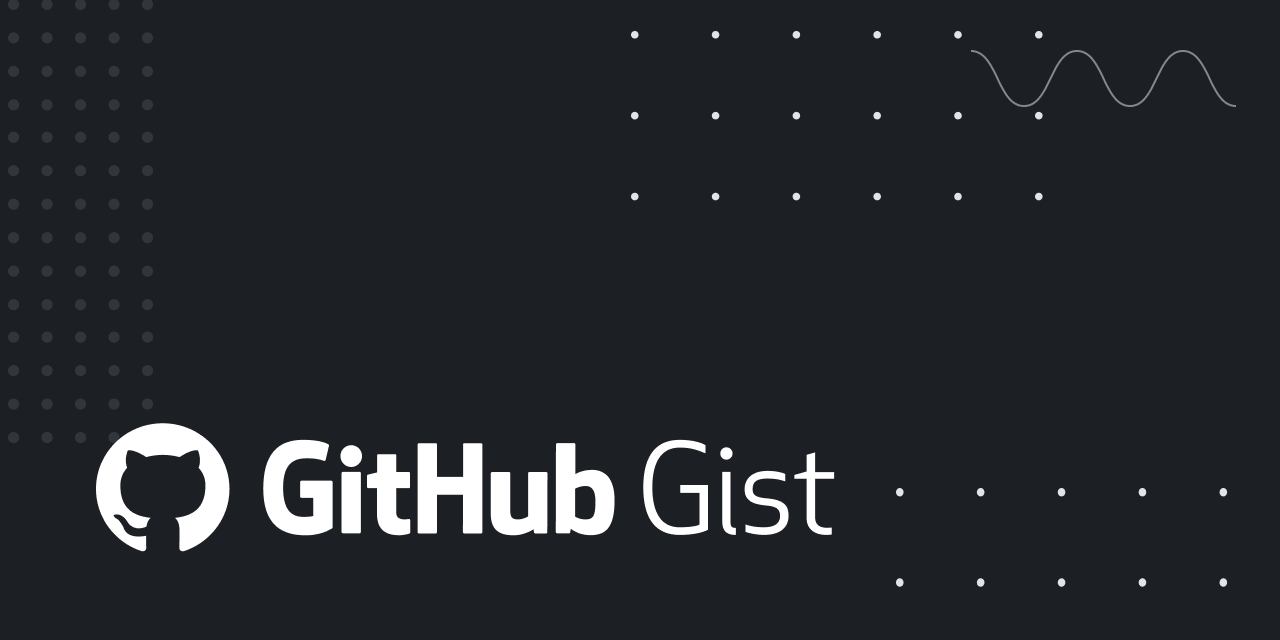

The letterboxing feature has been in Firefox since 2019 - starting from Firefox 67 I think. The preference for it might have been hidden though so maybe it’s just relatively unknown feature - I don’t know if or how visible LibreWolf makes makes it for the user. But regardless, any modern Firefox variant probably has that capability.





Yeah… It’s a bit hard to balance things like this though, I’ve seen lot’s of folks complain about how their Firefox is apparently “broken” because it now suddenly has this empty margin around web-content seemingly wasting space for no reason - and then it turns out that they have deliberately turned this very feature on. And that is even if the feature is completely hidden - I wonder how many more complaints there would be if options like this are made more accessible.